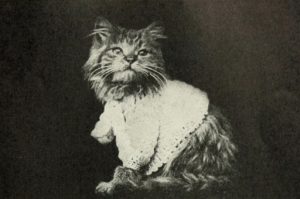
94th chat, Tuesday November 28 2017: critical librarianship and comics
6pm Pacific / 7pm Mountain / 8pm Central / 9pm Eastern
moderated by @ohelmiller and @stephliana
Storify (pdf, html) by @NoetheMatt
Glossary:
- graphic novel vs. comic: comic is the medium, graphic novel is a form more socially accepted.
- minicomics: usually refers to handmade or micropress (creator-published/self-
published or very small press) comics. - webcomics: comics created for and published on websites. May range from daily strips to full-length graphic novels. (Distinguished from digital comics, which are usually traditionally-published comics meant to live as print works but made available on digital platforms.)
- sequential art: artwork that tells a story through sequential narrative (including storyboards, animation, and illustrated novels). Comics are sequential art, but not all sequential art is comics.
- see also: BookRiot’s Glossary of Comic Terms
Suggested resources:
- Nyberg, Amy Kiste (2010). How Librarians Learned to Love the Graphic Novel. Chapter in Graphic novels and comics in libraries and archives: essays on readers, research, history and cataloging, edited by Robert G. Weiner. McFarland & Co.
- Settoducato, Liz (2016). My Experience: Reading comics is making me a better librarian. University of Michigan Library “Student Stories” blog.
Discussion questions:
- Q1. How have you used (or seen comics used) in library practice? How would you like to see comics used in libraries? #critlib
- Q2. What programming ideas or experiences do you have that examine comics through a critical lens? That use comics AS a critical lens? #critlib
- Q3. How do cataloging and/or shelving practices in your library affect the perception or discovery of comics? #critlib
- Q4. Given institutional norms, how can we keep comic collections weird? #critlib
- Q5. Comic suggestions for the new-to-comics-critical-librarian? #critlib